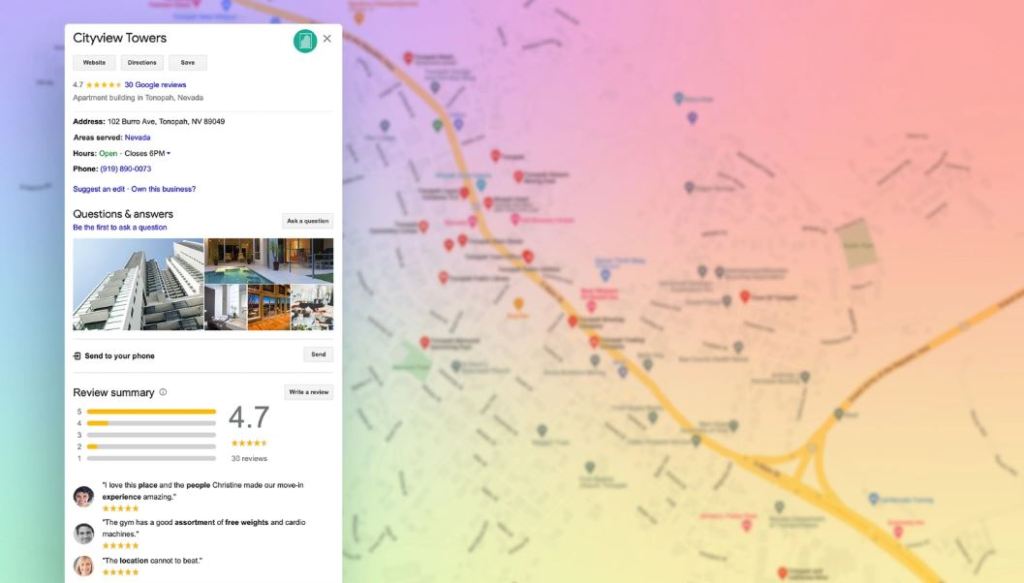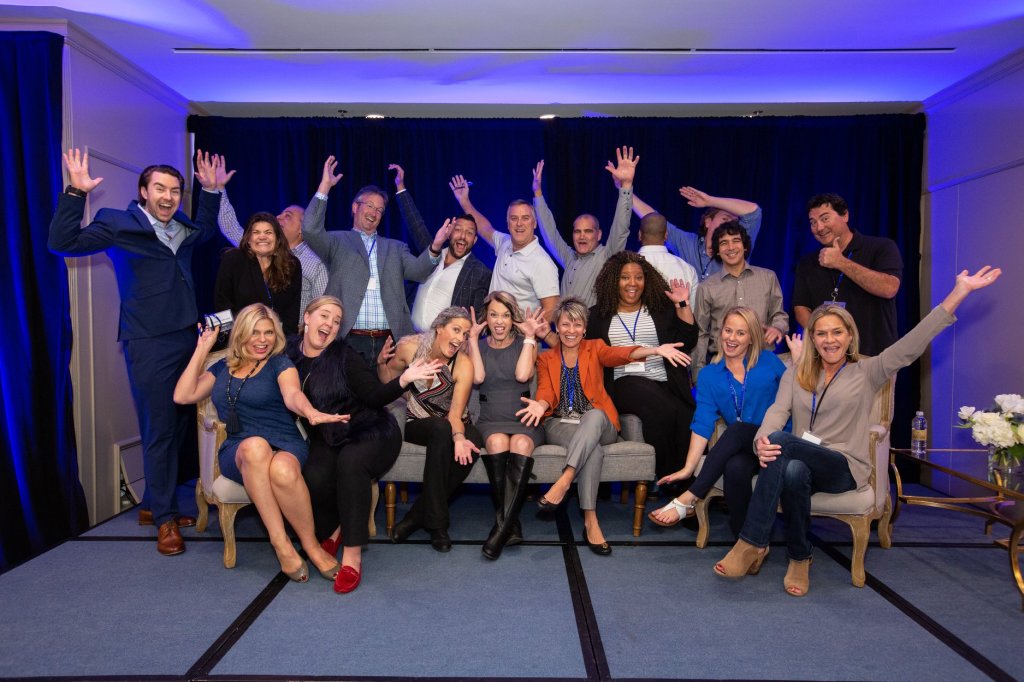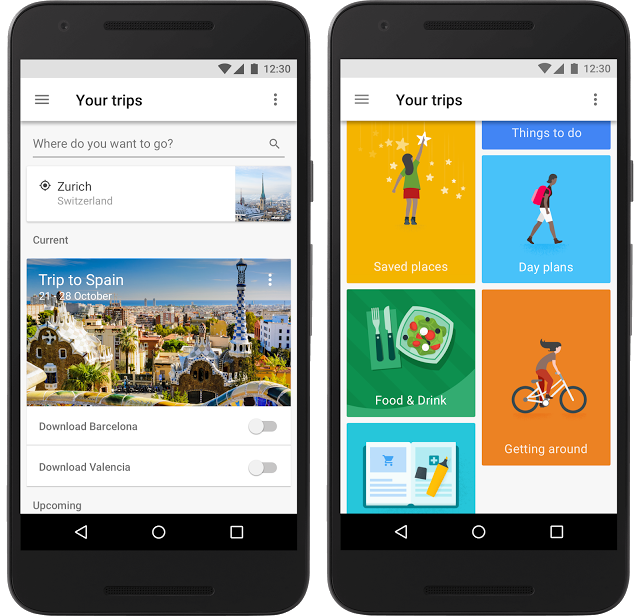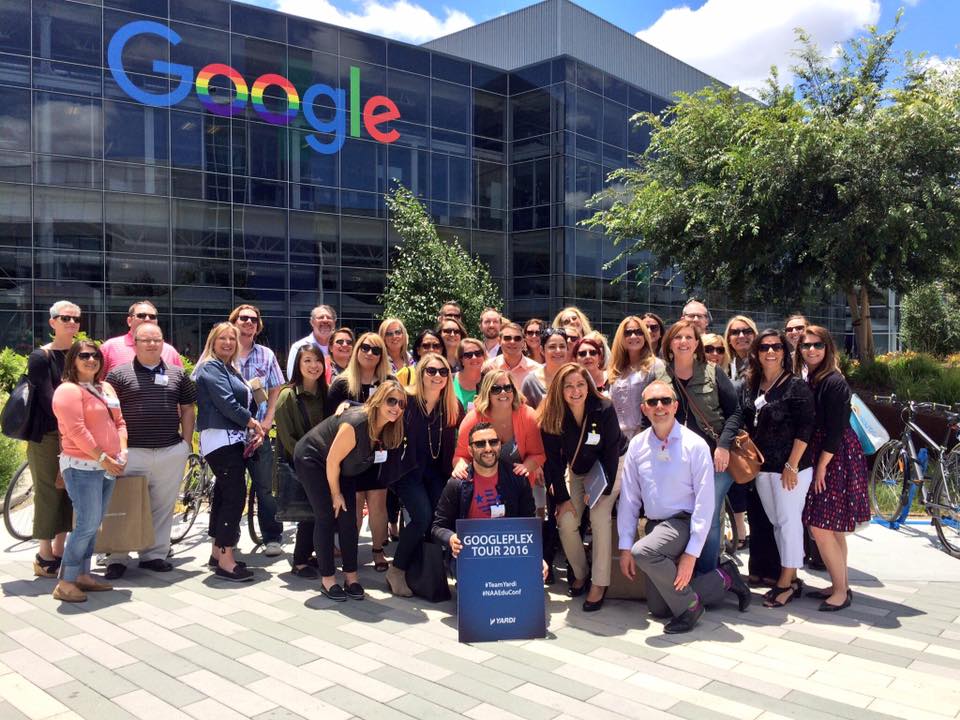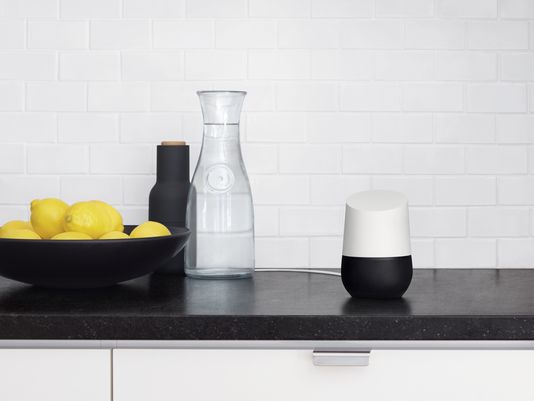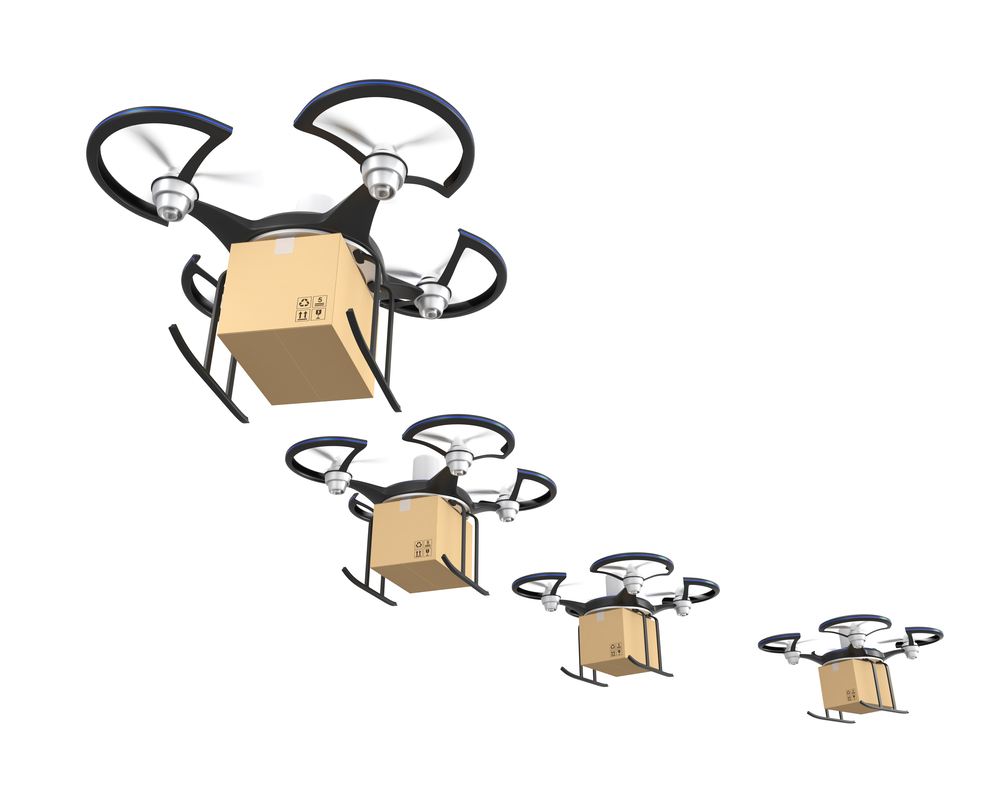Optimize Your Profile
Google Business Tips for Apartments
You’ve probably heard the saying, “You never get a second chance to make a good first impression.” Think of your Google Business Profile (GBP) as your business’ digital first impression; it’s critical to put your best foot forward to attract the most traffic to your apartment community. In fact, did you know that 50% of […]
